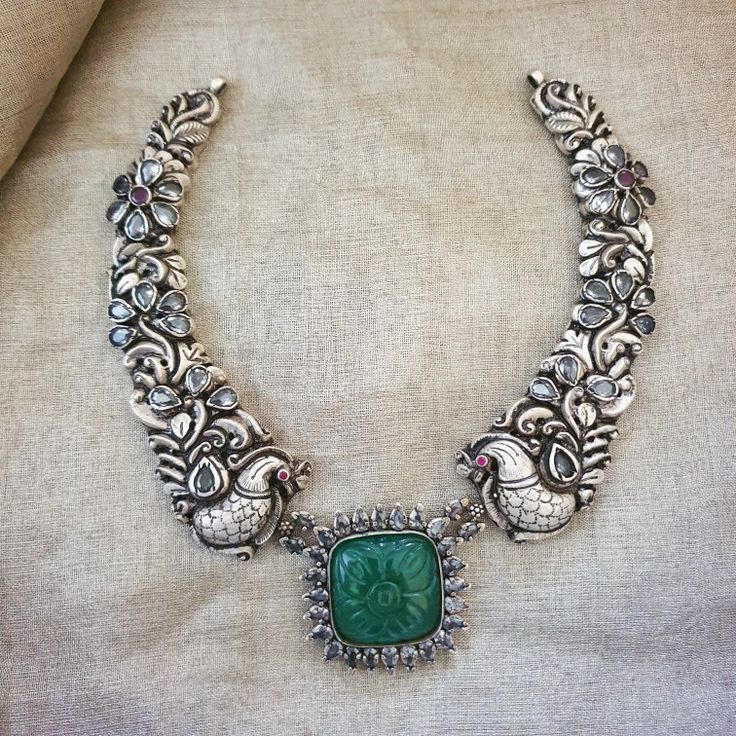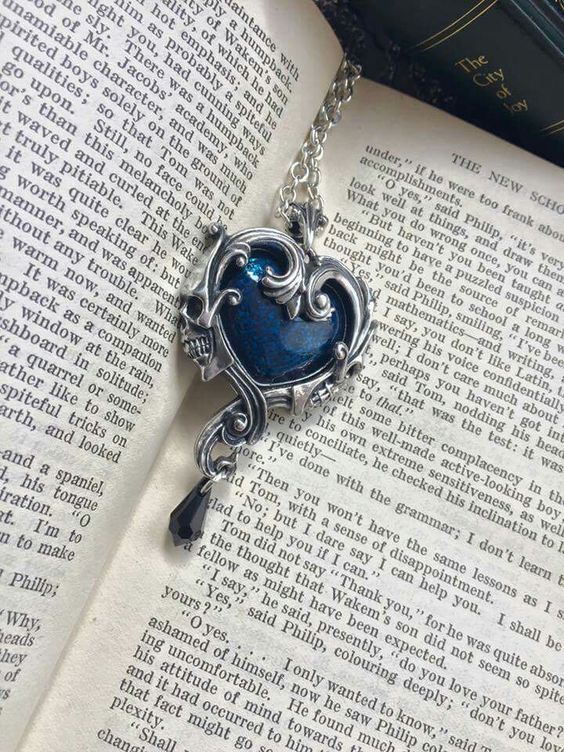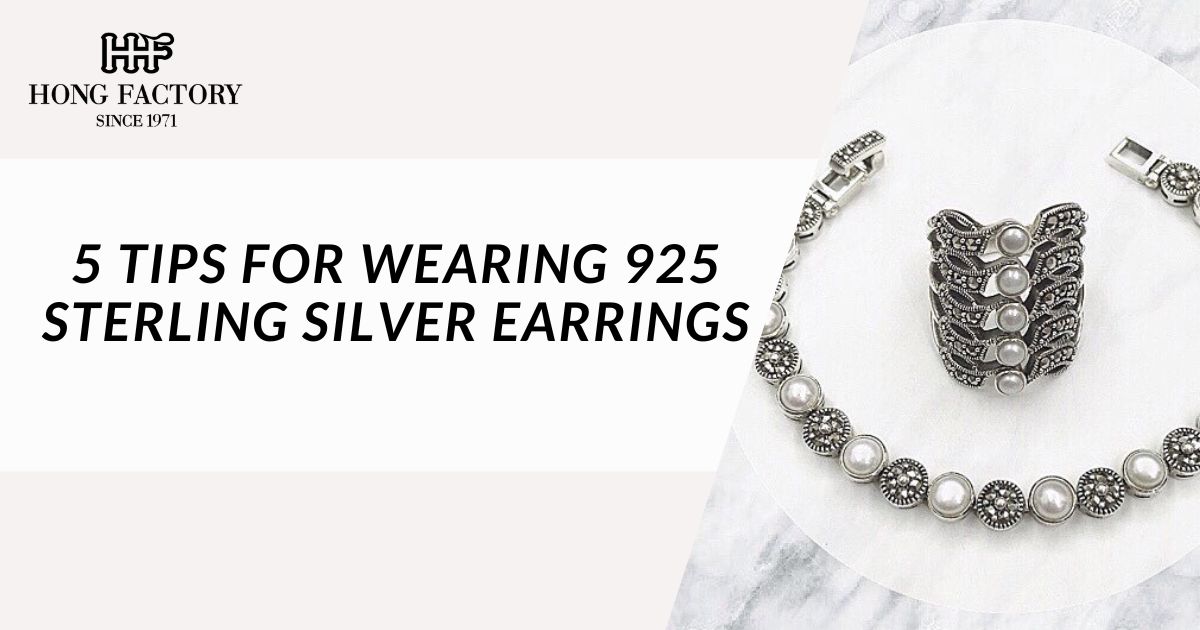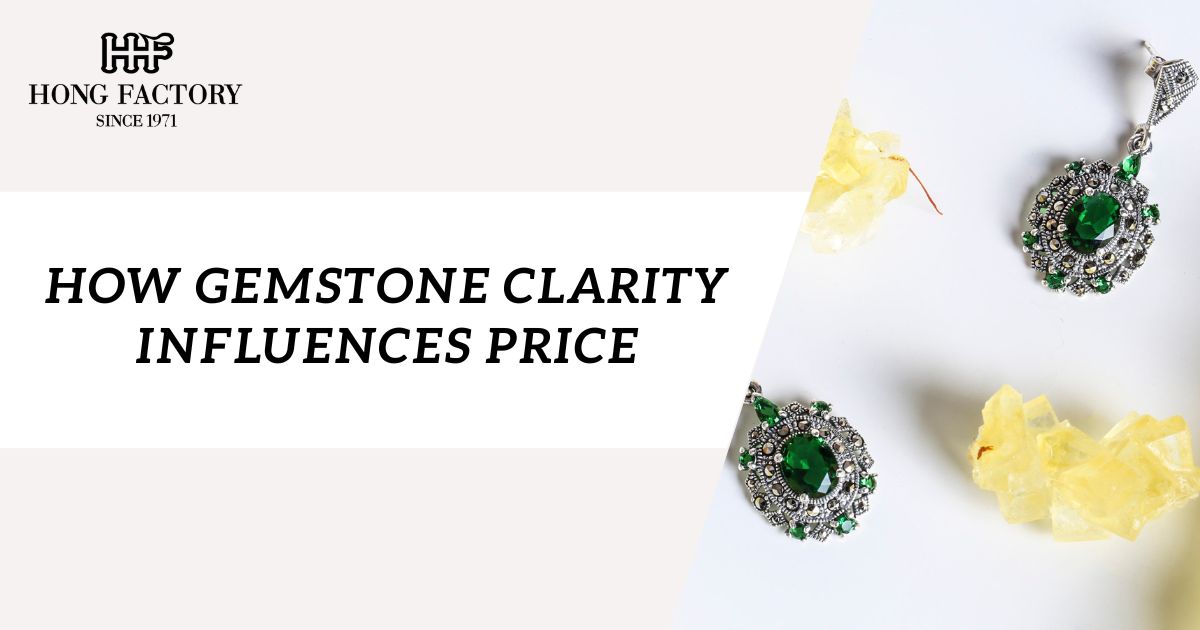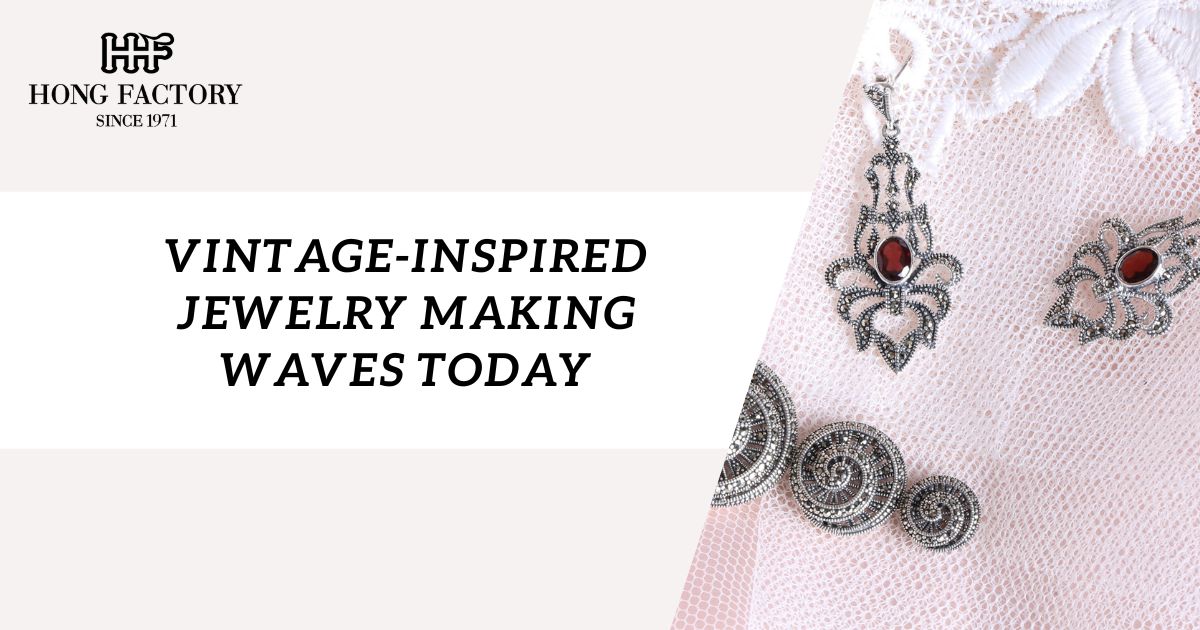Silver jewellery comes in many forms, but the two most commonly compared types are silver-plated jewellery and real silver jewellery (sterling or fine silver). At first glance, they may look very similar—shiny, elegant, and stylish—but their quality, durability, value, and long-term wearability are completely different. Understanding the differences will help you make smarter buying decisions, avoid disappointment, and choose jewellery that matches your lifestyle and budget. marcasite stone
This article provides an in-depth guide on how to distinguish silver-plated jewellery from real silver, their pros and cons, and how to choose the right type depending on your needs.
Understanding What Silver-Plated Jewellery Is
Silver-plated jewellery consists of a base metal (such as brass, copper, stainless steel, or nickel) coated with a very thin layer of silver.
Key characteristics of silver-plated jewellery:
- Contains little actual silver
- Typically less expensive
- Lightweight and stylish
- The silver layer can fade, chip, or tarnish over time
How the plating works:
- A thin coat of real silver is electroplated onto a cheaper base metal
- Thickness may range from 0.5 to 2 microns
- The thin layer eventually wears off with use
Silver-plated jewellery is ideal for trend-based fashion pieces that don’t require long-term durability.
Understanding Real Silver Jewellery
Real silver jewellery includes sterling silver (925 silver) or fine silver (99.9% silver).
1. Sterling Silver (925 Silver)
- 92.5% pure silver
- 7.5% copper or other metals for strength
- The most common silver used globally
2. Fine Silver (99.9% Silver)
- Almost entirely pure
- Softer but hypoallergenic
- Used for delicate or artisanal jewellery
Key features of real silver:
- Solid metal throughout
- Does not “wear off” like plating
- Higher value and durability
- Can last for generations
Real silver jewellery is ideal for collectors, everyday wearers, and long-term investments.
Major Differences Between Silver-Plated and Real Silver Jewellery
Here is a detailed comparison to help you understand how each type performs.
1. Composition
- Silver-Plated: A thin layer of silver over base metal
- Real Silver: Solid sterling or fine silver throughout
2. Durability
- Silver-Plated: Coating wears off with use, exposing the base metal
- Real Silver: Strong, long-lasting, can be polished repeatedly
3. Tarnish Resistance
- Silver-Plated: Tarnishes quickly due to base metal reaction
- Real Silver: Tarnish forms slowly and can be easily polished away
4. Price
- Silver-Plated: Affordable
- Real Silver: More expensive but higher value
5. Weight and Feel
- Silver-Plated: Can feel very light or hollow
- Real Silver: Feels weighty and solid
6. Skin Sensitivity
- Silver-Plated: May trigger allergies if nickel or brass is inside
- Real Silver: Hypoallergenic, especially fine silver
7. Lifespan
- Silver-Plated: Months to a few years
- Real Silver: Decades or even generations
How to Tell If Your Jewellery Is Silver-Plated or Real Silver
Here are the most reliable ways to identify real silver.
1. Look for Hallmarks
Real silver always has marks such as:
- 925
- 92.5
- Sterling
- S925
- 999 (fine silver)
Silver-plated jewellery may be marked:
- EPNS (Electroplated Nickel Silver)
- SP (Silver Plated)
- GP (German Silver)
2. Magnet Test
Silver is not magnetic.
- If the jewellery sticks strongly to a magnet → likely plated or fake
- Mild attraction may indicate base metals inside
3. Weight Test
Real silver is heavier.
- Plated items often feel hollow or cheap
4. Tarnish Test
Real silver tarnishes slowly and evenly.
Plated jewellery may:
- Tarnish unevenly
- Reveal base metal underneath
5. Acid or Chemical Test
A jeweller can perform a safe test using nitric acid.
- Real silver turns creamy white
- Fake or plated silver may turn green
Pros and Cons of Silver-Plated Jewellery
Pros:
- Very affordable
- Lightweight
- Good for trendy designs
- Wide variety of styles
Cons:
- Coating eventually fades
- Not hypoallergenic
- Not suitable for long-term use
- Cannot be polished too often
Ideal for fashion-conscious buyers who like changing styles frequently.
Pros and Cons of Real Silver Jewellery
Pros:
- Long-lasting
- Hypoallergenic
- High-quality shine
- Can be polished and restored
- Holds value
- Great for heirlooms
Cons:
- Higher price
- Requires occasional cleaning
Best for long-term wear, collectors, and gift-giving.
When Should You Choose Silver-Plated Jewellery?
Silver-plated options are suitable for:
- Fashion pieces that follow trends
- Occasional wear
- Large statement pieces you won’t wear daily
- Budget-conscious shoppers
If you love experimenting with styles, silver-plated jewellery can be a good addition to your wardrobe.
When Should You Choose Real Silver Jewellery?
Real silver is better for:
- Everyday jewellery (rings, earrings, necklaces)
- Sensitive skin
- Long-term durability
- Emotional or meaningful pieces
- Gifts and heirlooms
If you want jewellery that lasts a lifetime, real silver is the superior choice.
How to Care for Each Type
Silver-Plated Jewellery:
- Avoid water and sweat
- Do not polish aggressively
- Store in a dry, airtight bag
Real Silver Jewellery:
- Clean regularly with polishing cloth
- Store in anti-tarnish bags
- Avoid chemicals and humidity
Proper care extends the life of both.
Environmental Impact: Real Silver vs Silver-Plated
Interestingly, real silver is more eco-friendly.
Real silver:
- Fully recyclable
- Long lifespan
Silver-plated:
- Hard to recycle due to mixed metals
- Shorter lifespan → more waste
Eco-conscious consumers often prefer sterling silver.
Final Thoughts
The choice between silver-plated and real silver jewellery depends on your lifestyle, budget, and purpose. Silver-plated jewellery is great for affordability and style variety, but it lacks the longevity and quality of real silver. Real silver, especially 925 sterling silver, offers lasting beauty, durability, hypoallergenic comfort, and timeless value.
By understanding these differences, you can make confident decisions and build a jewellery collection that truly reflects your needs and style.


